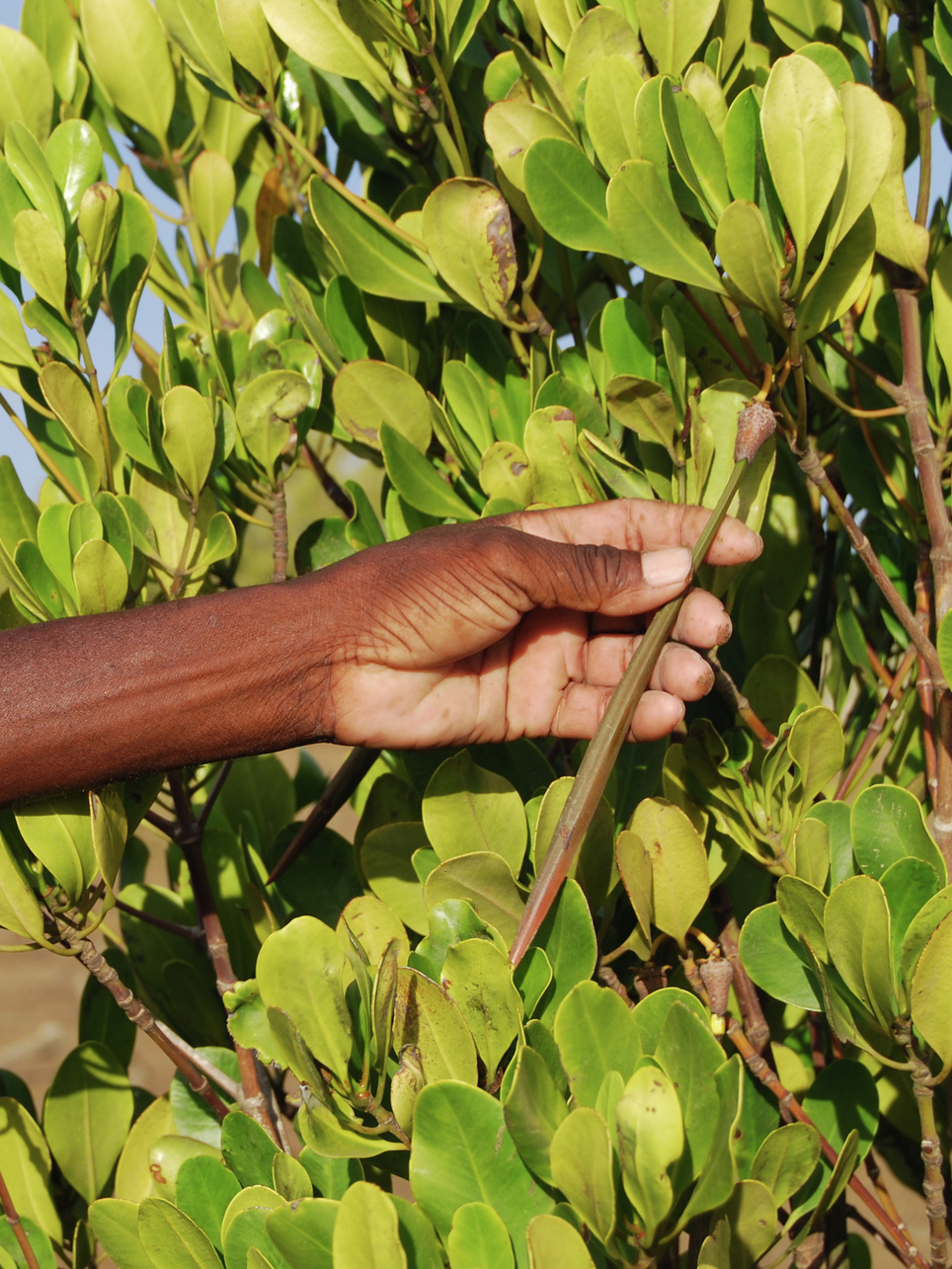In the VELUX Group, 98% of our carbon footprint relates to scope 3 emissions and comes from outside our own operations, the majority from the materials used in our products. To reach our targets of reducing CO2e from our value chain, we have identified and are working with several decarbonisation levers, such as:
- Long-term partnership agreements with key suppliers
- Carbon reductions targeting a broader range of suppliers with focused projects
- Optimisation and material reduction of existing products and materials
- Innovation roadmaps towards the design of new product platforms
- Optimising our logistics set-up to decrease the footprint
Guided by data
To help us measure and report our value chain emissions, we ask our suppliers to report data through CDP, a carbon disclosure organisation. The supplier-specific emission data allows us to get a more accurate picture of our value chain emissions and we use the data to guide us and ensure that our decarbonisation initiatives have the required effect. We also encourage our top suppliers to set their own emissions reduction targets in line with science.

Scope 1, 2, & 3 emissions distribution
Scope 1 - Direct emissions (1.5%): These emissions come from sources that we directly control. They include emissions generated by our facilities and company vehicles. This is the part of our footprint that we have the most direct influence over.
Scope 2 - Market-based emissions (0.1%): This represents the indirect emissions from the energy we purchase and use, such as electricity, steam, heating, and cooling. While these emissions occur at the energy producer's end, they are still part of our overall footprint because we rely on this energy to power our operations.
Scope 3 - Indirect emissions (98.4%): The majority of our emissions fall into this category, covering the broader impact of our business. Scope 3 includes:
- Upstream activities: Emissions from the goods and services we purchase, the capital goods we invest in, the disposal and treatment of waste at our own operations, and the transportation and energy activities that support our operations.
- Downstream activities: Emissions related to the design and use of our products by customers, as well as the end-of-life treatment of these products and additional transportation and distribution activities.
Overall, this breakdown shows that while we continue working to reduce emissions within our direct control, we recognise that the most significant impact comes from our broader value chain. Addressing these scope 3 emissions is a critical part of our commitment to sustainability.
Supplier partnerships to remove carbon
With more than 90% of the VELUX Group’s carbon footprint coming from the materials used in our products, we are focused on the development of lower-carbon materials. To do this, we have established partnerships with a number of suppliers including:
Hydro: working to reach a level of 2.0 kg per kg of aluminium by 2030 (one-fifth of the European average).
ArcelorMittal: working to lower the embedded CO2 in the steel used by up to 70% compared with conventionally produced steel.
Novelis: working to reach below 4.0 kg carbon per kilogram of supplied rolled aluminium by end of 2024 (below half of the average carbon footprint of primary aluminium used in Europe).
Read more about how we are partnering for change

Setting expectations with suppliers
We have added specific decarbonisation expectations to our Requirements for VELUX Suppliers. In our guidelines for suppliers, we ask that they:
- Set science-based emissions reduction targets for scopes 1, 2, and 3
- Work towards 100% renewable electricity
- Offer verified lower-carbon products, services, and activities
- Publicly disclose targets and emissions

We are committed to reducing and removing CO2 equivalent to our historical carbon emissions (scope 1 and 2) since our foundation in 1941 and up until 2041 – our 100th anniversary. To help us deliver on this commitment, in 2020 we entered a 20-year partnership with the World Wide Fund for Nature (WWF). Our twenty-year partnership will deliver a portfolio of forest projects that are designed to improve biodiversity and support local communities.
The partnership aims to contribute the verified carbon credits to the host countries’ national climate targets under the Paris Agreement. The credits will not be traded or used for offsetting by the VELUX Group or any other organisation.
Photo: Martina Lippuner, WWF
